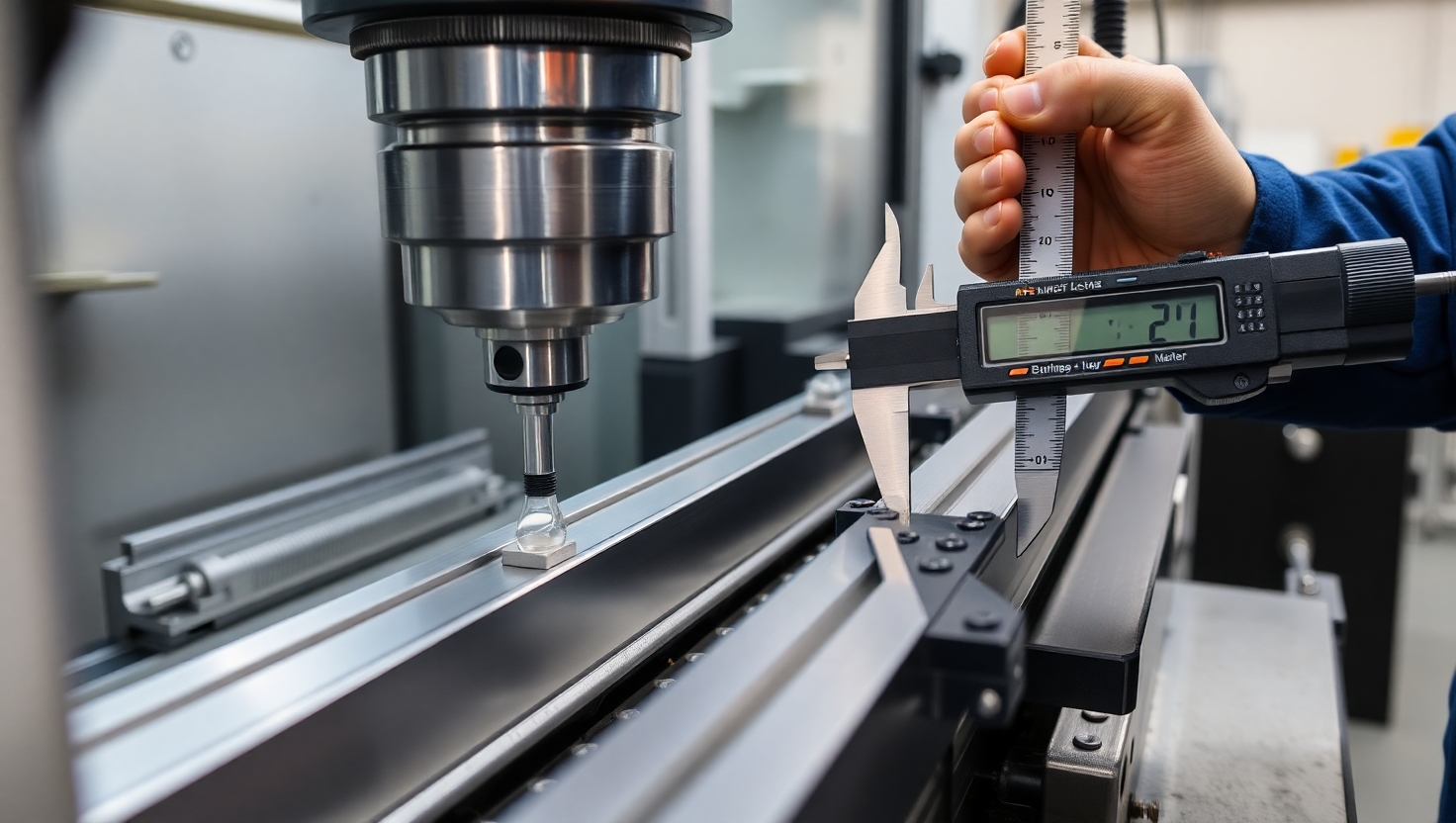Why Precision Machining Matters in Aluminium Extrusion Assemblies
Published by: ALUTimes | Date: July 2025
Introduction
In the world of aluminium extrusion, where light weight meets strength and flexibility, precision machining is not a luxury—it’s a necessity. Whether you’re producing window frames, structural components, or parts for aerospace and automotive industries, accurate machining is vital to ensure proper fit, function, and durability. This article explores why precision machining is crucial in aluminium extrusion assemblies and what manufacturers must do to maintain high-quality output.
The Role of Machining in Extrusion
Aluminium extrusion involves shaping aluminium by forcing it through a die. However, once extruded, the profiles often need to be machined—cut, drilled, milled, or tapped—to meet final specifications. Precision machining allows profiles to be assembled seamlessly, with no tolerance errors, ensuring functionality and aesthetics.
Why Precision Matters
- Fit and Function: Proper machining ensures that aluminium parts fit accurately into assemblies without excessive force or adjustments.
- Structural Integrity: Misalignment in joints or mounting holes can weaken structural strength.
- Aesthetic Quality: Poor surface finish or inconsistent dimensions can lead to visible flaws, especially in architectural or consumer-facing applications.
- Interchangeability: Precision enables mass production with parts that are interchangeable across batches, reducing delays and cost.
Key Elements of Precision Machining
- Tolerances: Maintaining tight tolerances (e.g., ±0.05mm) ensures accurate part dimensions and consistent assembly.
- Tool Selection: Carbide or PCD tools with proper coating extend tool life and improve surface finish.
- Machining Strategy: Optimizing speeds, feeds, and tool paths reduces vibrations and enhances accuracy.
- Fixture Design: Well-designed fixtures support the part during machining and prevent deflection or warping.
Common Applications That Require Precision
- Aerospace Components: Require high dimensional accuracy for aerodynamic and load-bearing performance.
- Automotive Parts: Demand consistent tolerance and surface finish for safety and performance.
- Solar and EV Mounting Structures: Require alignment accuracy for modular setups.
- Architectural Elements: Need precision to maintain visual appeal and structural reliability.
Measurement and Quality Assurance
Precision machining is incomplete without validation. Coordinate Measuring Machines (CMMs), profile projectors, and digital micrometers are commonly used for quality checks.
Establishing a proper QA/QC framework, with Statistical Process Control (SPC), ISO standards, and documentation, reinforces precision across batches.
Impact on Production Cost and Time
While precision machining may require investment in tools and skilled operators, it saves time in rework, reduces material wastage, and avoids assembly-line delays.
For OEMs, precision translates to customer satisfaction, fewer complaints, and stronger brand reliability.
Technology in Support of Precision
- CNC Machining: Offers computer-controlled accuracy and repeatability.
- CAD/CAM Integration: Ensures machining paths are planned based on digital design, reducing errors.
- Automation & Robotics: Reduce human errors and improve consistency in volume production.
Conclusion
Precision machining is the backbone of a reliable aluminium extrusion assembly. It ensures that every part contributes to the whole, with minimal variation and maximum performance. Manufacturers who invest in precision not only reduce defects and waste but also build trust with clients who depend on consistent quality.
Disclaimer
This content is published for informational purposes only by ALUTimes. All technical decisions should be based on engineering analysis, operational trials, and expert consultation specific to your facility.

